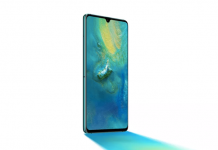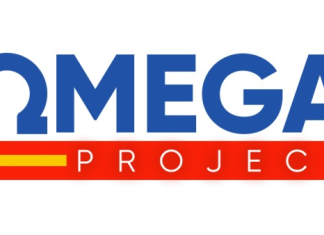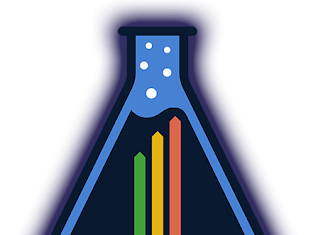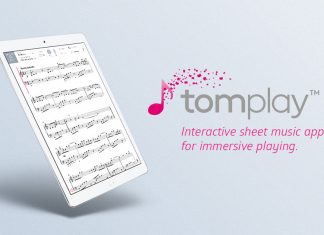If you want hyperspectral microscopy for the biological and medical field, then LightForm has you covered. They are known for their cutting edge PARISS Analytical Hyperspectral Imaging System.
It offers cutting edge technology with the ability to generate near aberration-free imaging, with 90% efficiency from 365 to 920-nm.
The unique prism based system can be used in the lab or the field to great effect.
More information can be found at: https://lightforminc.com
LightForm designed its Hyperspectral Imaging instrumentation to offer high quality solutions for researchers in the bio-sciences and industry fields.
PARISS is now widely used in bio-research, medical fields, physics, chemistry, and industrial laboratories throughout the world.
The new site launched by LightForm shows full details on PARISS and how it works. Video are included to show the technology in action and highlight what it’s capable of.
Popular uses of the technology include photo-luminescence, solar coatings, cyanobacteria detection, micro-plastics, nanoparticle characterization, spectral histopathology, spectral fluorescence imaging, and other industrial applications.
PARISS was created by LightForm after it received three National Institute of Health SBIR grants. They designed the laboratory based hardware and software system to offer unique Hyperspectral imaging benefits for specialists in the above-mentioned fields.
Hyperspectral imaging was originally developed for remote Earth sensing during the 1970s. But technology has advanced to the point that better hardware could be created, with advanced sensitivity opening up new possibilities.
LightForm designed PARISS in 1996, utilizing these advances in technology to pioneer hyperspectral microscopy for use in both the biological and medical fields.
Because the technology creates a unique prism with curved sides, it offers new levels of accuracy and system sensitivity. It’s this prism that gives the technology its PARISS name.
LightForm states: “The net result is a significant improvement in signal to noise ratio (S/N) when compared to diffraction grating solutions. Enhanced sensitivity extends into the near IR where detectors and visible diffraction gratings are at their lowest efficiency.”
It adds: “Unlike most hyperspectral software PARISS utilizes Spectral Waveform Cross Correlation Analysis (SWCCA) in order to best extract signal buried in noise and increase sensitivity. This translates into faster acquisition time even in a low S/N environment.”
Full details of the new site can be found at: https://lightforminc.com























